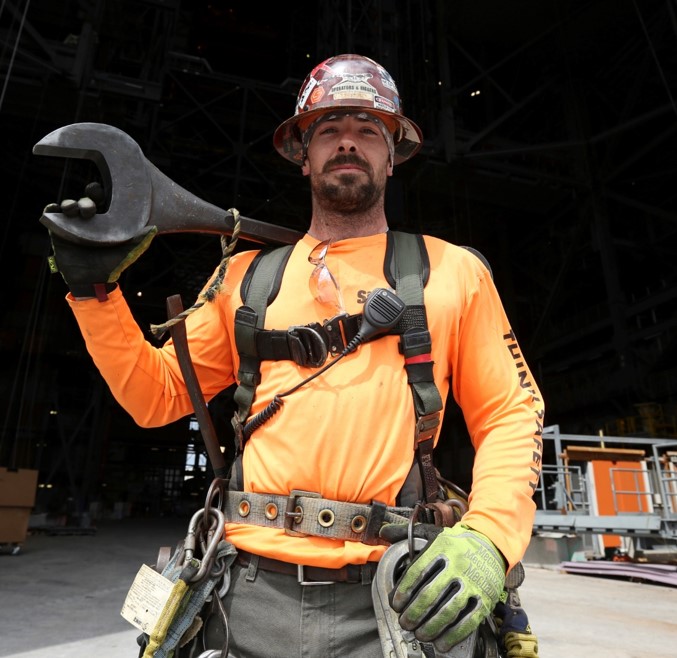One of the biggest killers on worksites is falling objects
Some of us work in dangerous environments , right?
We know there’s risks and we know that bad things still seem to happen.
We also do a lot to minimise hazards, the first question is – are we doing enough?
The second question is, are we doing enough to combat the highest causes of injury and worse, in todays industrial environment?
Lets have a closer look at the major issues facing every workplace in Australia.
What is the highest cause of workplace fatalities in Australia?
Answer: Vehicle related on a public road.
The significant factor for the discussion we’re having is that this data, relates to public roads. This includes everything from taxi drivers to road trains, and isn’t actually a major factor on most construction sites.
What is the second highest cause of workplace fatalities in Australia?
Answer: Being struck by falling objects! And this is mirrored almost exactly in many other countries – not only Australia.
Here is some interesting data gathered from 2010 to 2014.
The interesting point here is the level of awareness and investment that is focused at addressing the first and third data points, that is, vehicle collision and falls from height.
Its no real surprise that crashes and falls are a significant hazard with severe implications. These are both drilled into us from multiple directions and control measures are totally accepted ie seatbelts and harnesses.
|
Mechanism of Incident |
2010 | 2011 | 2012 | 2013 | 2014 | Total |
|
Vehicle Collision |
78 | 78 | 90 | 65 | 71 |
382 |
|
Being hit by a falling object |
30 | 26 | 28 | 24 | 17 |
125 |
|
Falls from height |
27 | 22 | 30 | 24 | 20 |
123 |
| Being hit by a moving object | 26 | 19 | 28 | 21 | 21 |
115 |
What about dropped object injuries?
Between 2012-2015 there were 15,553 serious injuries from dropped objects
Source : Safework Australia
A serious claim is an accepted workers’ compensation
claim that involves one or more weeks away from work
That’s approx. 12 per day! To clarify this – this is serious injuries not minor injuries that only requires minimal attention.
How many near misses?
It’s really anybody’s guess. A growing number of companies are recording every drop incident, however many companies don’t document them accurately. We do find that everybody seems to have a story….”do you remember when that tape measure fell 70m….? “the ting, ting of that spanner falling though the scaffold still makes me shudder”….etc, etc!
So what to do about this major issue on sites across Australia?
What are the three main obstacles encountered by companies seeking to implement a ‘drop prevention’ policy?
1# Often the workforce has had negative experience with impractical drop-prevention solutions and solutions which have been implemented poorly.
2 # There is also often a negative mindset, however this is generally reversed once the implications of dropped objects are established and the practical solutions that are now available.
3 # Awareness and education is key to the successful implementation of a ‘dropped object’ policy and when methodically undertaken, provides a clear path for effectively minimising the risk of objects being dropped.
Currently, CDA in conjunction with Technique Solutions are working on what we believe is the most practical solutions on the market so far for preventing dropped objects from heights …….
Target Zero – Dropped Objects is our mission……
Certified tool tether points.
The earlier discussion on impact forces caused by dropped objects demonstrates the need for tether or ‘anchor’ points on tools to be fully certified and accredited.

As seen in this image there is a viewpoint in the industry that ‘anythings’ better than nothing when it come to tool tethers. This guy looks very confident that he’s ready to take on the world, the reality is his tool tethering attempt is seriously substandard and is very unlikely to survive a live drop scenario.
The tether points in the technique “Stop the Drops” range are fully certified and accredited to take the tools within their respective load ratings.


